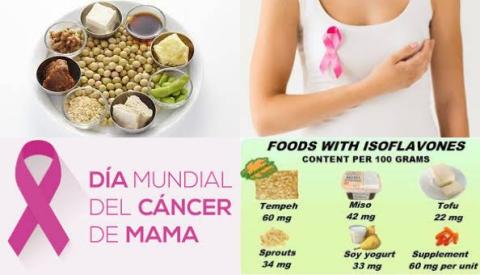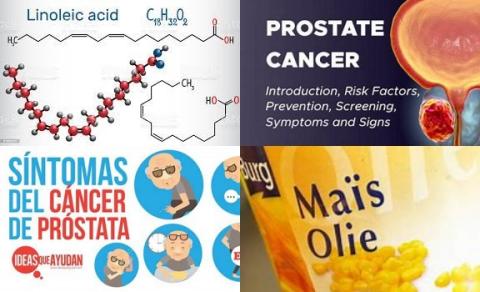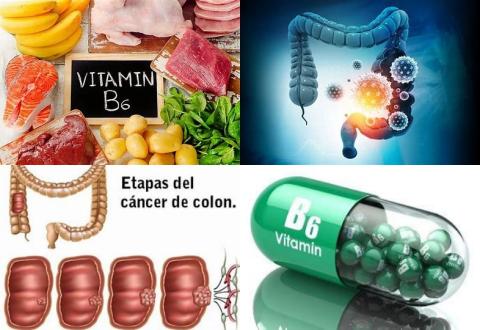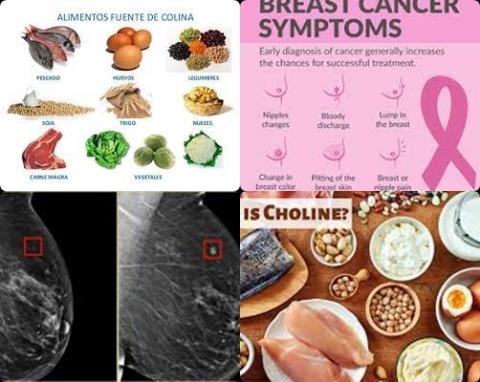Higher carotenoids levels reduce breast cancer
Objectives:
Carotenoids appear to have anticancer effects. Prospective evidence for the relation between serum carotenoids and breast cancer is controversial. Therefore, this review article has been conducted.
Do higher carotenoids levels (likes, α-carotene, β-carotene, β-cryptoxanthin, lycopene, zeaxanthin and lutein) reduce breast cancer risk among women?
Study design:
This review article included 17 nested case-control studies and 1 cohort study, published between 1984 and 2016 with a total of 20,188 participants.
Median follow-up ranged from 8 months to 21 years during which 7,608 breast cancer cases were reported.
All studies assessed circulating carotenoids using high-performance liquid chromatography. The majority of studies carried out on circulating carotenoids and the risk of breast cancer were adjusted for the following variables: BMI (n = 9), dietary variables (n = 8), age (n = 9), alcohol (n = 6), age at menarche (n = 6) and age at first birth (n = 8).
According to the quality assessment, except for 2 studies, other publications had high quality.
There was no publication bias.
Results and conclusions:
The investigators found that the highest levels of total carotenoids compared to the lowest were significantly related to a 24% lower risk of breast cancer [relative risk (RR) = 0.76, 95% CI = 0.62 to 0.93, I2 = 45.6%, p = 0.075].
According to the sensitivity analysis, no study affected the overall RR.
The investigators found according to linear dose-response analysis, the risk of breast cancer decreased by 2% for every 10 μg/dL of total carotenoids [RR = 0.98, 95% CI = 0.97 to 0.99]. A steady drop in the risk of breast cancer was observed for total carotenoid concentrations <1200 μg/dL followed by a plateau. The level of evidence was graded as low.
The investigators found that the highest levels of α-carotene compared to the lowest were significantly related to a 23% lower risk of breast cancer [relative risk (RR) = 0.77, 95% CI = 0.68 to 0.87, I2 = 0.0%, p = 0.48].
According to the sensitivity analysis, no study affected the overall RR.
The investigators found according to linear dose-response analysis, the risk of breast cancer decreased by 22% for every 10 μg/dL of α-carotene [RR = 0.78, 95% CI = 0.66 to 0.93].
No evidence for nonlinear association was found. The level of evidence was graded as low.
The investigators found that the highest levels of β-carotene compared to the lowest were significantly related to a 20% lower risk of breast cancer [relative risk (RR) = 0.80, 95% CI = 0.65 to 0.98, I2 = 56.5%, p = 0.004].
According to the sensitivity analysis, no study affected the overall RR.
The investigators found according to linear dose-response analysis, the risk of breast cancer decreased by 4% for every 10 μg/dL of β-carotene [RR = 0.96, 95% CI = 0.93 to 0.99]. No evidence for nonlinear association was found. The level of evidence was graded as low.
The investigators found that the highest levels of β-cryptoxanthin compared to the lowest were significantly related to a 15% lower risk of breast cancer [relative risk (RR) = 0.85, 95% CI = 0.74 to 0.96, I2 = 0.0%, p = 0.80].
According to the sensitivity analysis, no study affected the overall RR.
The investigators found according to linear dose-response analysis, the risk of breast cancer decreased by 10% for every 10 μg/dL of β-cryptoxanthin [RR = 0.90, 95% CI = 0.82 to 0.99].
The investigators found that the highest levels of lycopene compared to the lowest were significantly related to a 14% lower risk of breast cancer [relative risk (RR) = 0.86, 95% CI = 0.76 to 0.98, I2 = 0.0%, p = 0.46].
According to the sensitivity analysis, no study affected the overall RR.
The investigators found that the highest levels of lutein compared to the lowest were significantly related to a 30% lower risk of breast cancer [relative risk (RR) = 0.70, 95% CI = 0.52 to 0.93, I2 = 17.1%, p = 0.30].
According to the sensitivity analysis, no study affected the overall RR.
The investigators concluded that higher levels of carotenoids, α-carotene, β-carotene, β-cryptoxanthin, lycopene and lutein are related to a decreased risk of breast cancer. Additionally, each 10 μg/dL of total carotenoids, α-carotene, β-carotene and β-cryptoxanthin reduce breast cancer risk with 2%, 22%, 4% and 10%, respectively.
Original title:
The Association between Circulating Carotenoids and Risk of Breast Cancer: A Systematic Review and Dose-Response Meta-Analysis of Prospective Studies by Dehnavi MK, Ebrahimpour-Koujan S, […], Azadbakht L.
Link:
https://www.ncbi.nlm.nih.gov/pmc/articles/PMC10694674/
Additional information of El Mondo:
Find more information/studies on cohort studies/significantly, carotenoids and breast cancer right here.



